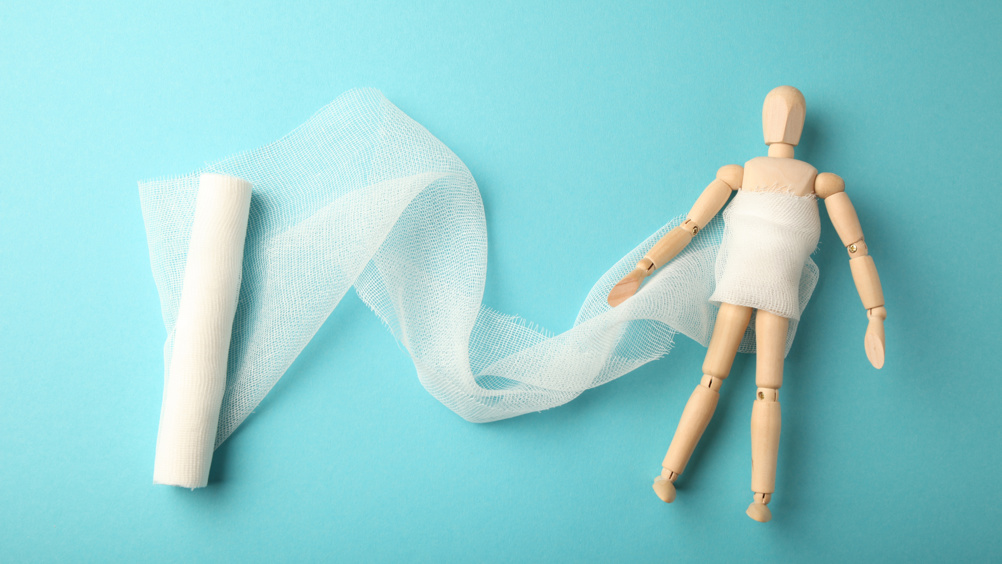References
Use of chitosan wound dressing for the treatment of surgical site infection: a case report

Abstract
Surgical site infections (SSIs) are treated using topical antiseptics and systemic antibiotics, but some cases are unresponsive to such regimens. This case study reports the effective healing of an SSI by a chitosan wound dressing (MaxioCel; Axio Biosolutions Private Limited, India) in a 63-year-old female patient. The patient presented with an infected, hard-to-heal wound in the abdominal region, developed after a hernia surgery, and was initially treated with standard procedures. However, due to the continuous progression of infection, a highly absorbent, bioactive microfibre dressing was selected for the treatment and was continued for two months with alternate-day dressing changes. After 60 days of treatment, wound healing was observed, along with remission from the infection, as well as reduction in exudate level and pain. The use of chitosan wound dressing in management of hard-to-heal infected wounds provides efficient remission of SSI and a faster healing rate.
Surgical site infection (SSI) is the most common hospital-acquired infection in Europe1 and is even more common in India.2 The numbers indicate an incidence of 23–38% in India compared with 0.5–15% in Europe. The incidence of SSI is generally influenced by factors such as pre- and post-operative care, the theatre environment and the type of surgery. The World Health Organization (WHO) recommends simple hand preparation with soap alone as adequate in preventing SSI.3 Even though strong precautions are taken in the pre-operative and theatre environment, it is also important to have patient engagement in post-operative care of surgical wounds.4
An acute wound is acquired as a result of an incision or trauma and usually heals in a timely and orderly manner. After injury, the healing process consists of four major phases: the initial and late inflammatory phases, the proliferative phase and the remodelling phase.5 As exposed wounds are prone to infection they are generally cleansed or debrided before treatment. Traditionally, wounds were treated by protecting them against infection and leaving them for natural mechanisms to take charge of healing. However, in recent years there have been many advances in the area of wound care.
Register now to continue reading
Thank you for visiting Journal of Wound Care's World Union of Wound Healing Supplement and reading some of our peer-reviewed resources for healthcare professionals. To read more, please register today.
